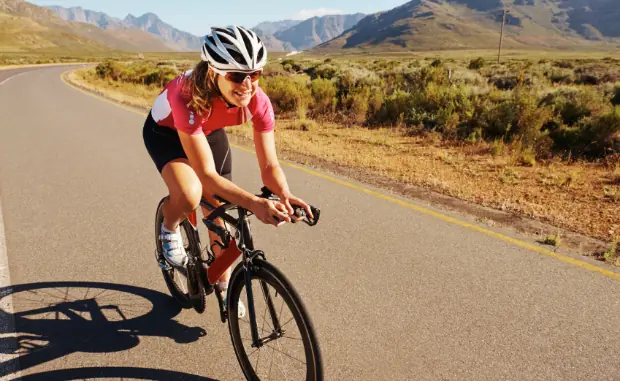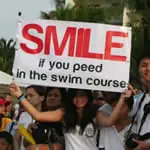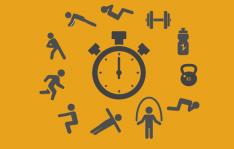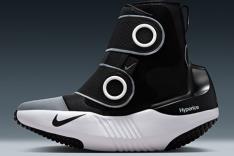
Many athletes—and multisport athletes in particular—wear "training to exhaustion" as a badge of honor amongst their peers. Collapsing on the couch after workouts is seen as punching the membership card for the elite group of hardened competitors they look up to. Extreme fatigue seems to verify that they are training effectively as they strive to match the miles and training stress scores with their local and professional heroes.
The Social Media Effect
Social media pressure only reinforces this approach, with a screen full of "I worked out harder than you did" posts from fellow competitors and professional athletes. For many athletes, this constant stream of other people's workouts creates an environment full of background noise that prays on the insecurities and self-doubt that challenge us all on our athletic journey.
Sound familiar?
To be successful in your athletic development, it is critical for you to remember that this is your personal adventure. Try not to get lost in the white noise of what others are doing, especially elites and professionals. You should strive to find the level of training fatigue that is appropriate for you, given the realities and restrictions of your own life. By doing so, you can avoid one of the biggest mistakes that blunt the progress of the amateur athlete: sinking your "lifeboat" with too much life!
Don't Sink the Lifeboat
Think of your body's ability to absorb and react positively to stress as a lifeboat with only so many seats. Many athletes fall into the trap of thinking they can simply add extra space to their boat by compartmentalizing the stressors of their lives and ignoring the overall picture. The reality is, no matter how hard you try to divide things up in your mind, stress coming from your training, family or work all have to fit in the same boat—your body.
You must be mindful of what you take on board. You can only carry so much life and training stress before you'll capsize yourself with an illness, injury or chronic fatigue. This is a hard truth to face for many high achieving athletes, but it is a big part of why you shouldn't be trying to match your level of training fatigue to that of an elite or professional athlete. It isn't fair to expect that of yourself when the rest of your daily life likely looks nothing like theirs.
Amateurs vs. Professionals
Professionals have the ability to take on and recover from deep dives into fatigue in part because they consciously design relatively simple and flexible lives. Being free to recover is arguably the most important part of their job.
Amateurs, on the other hand, usually have a lot less wiggle room. The single biggest challenge, then, becomes making peace with the fact you can't do it all. The second is honestly assessing how much time and energy you can devote to your training without putting yourself and your life in a state of constant exhaustion (no cheating by not sleeping). The third challenge is respecting your assessment and sticking to the boundaries you have established, while still maintaining a certain level of flexibility for the ebbs and flows of life.
- 1
- of
- 2








Discuss This Article